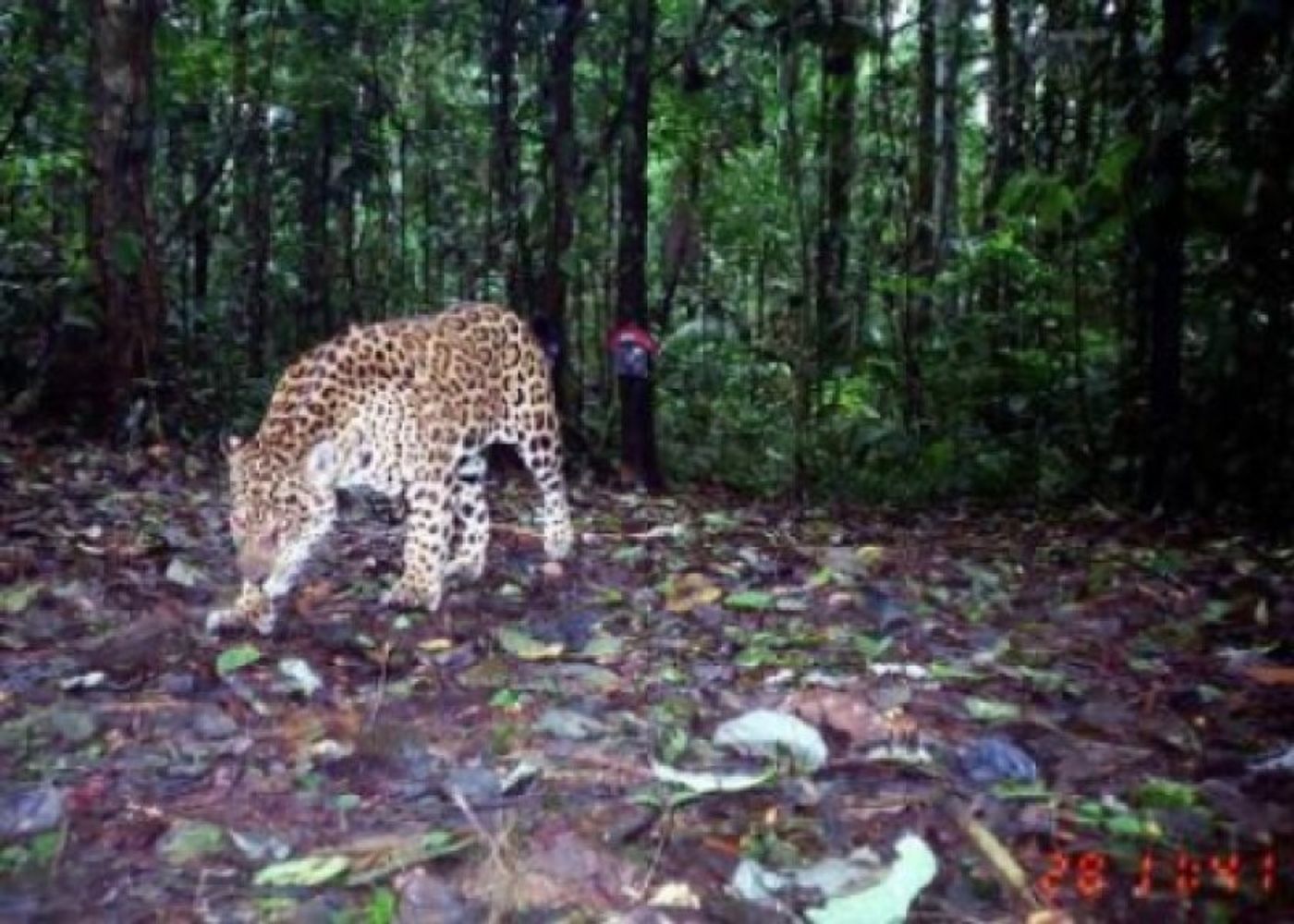Ecuador takes a step toward protecting the Amazon
Ecuador has seen a huge achievement recently from the culmination of several years of teamwork between provincial and local governments, indigenous communities and Nature and Culture International (NCI). The newly established 6.3-million-acre (2.5 million hectare) Pastaza Ecological Sustainable Use Area is larger than the state of Maryland and, backing up to the 2.5-million-acre Yasuní National Park, will conserve a large portion of eastern Ecuador’s lowland Amazon rainforest.
Known as one of the most biodiverse regions in the world, the area provides critical habitat for many flora and fauna, some of which are endemic to the region. Some of the most charismatic species of fauna include the jaguar (Panthera onca), the South American tapir (Tapirus terrestris), and the harpy eagle (Harpia harpyja).
Renzo Paladines, director of NCI Ecuador, spoke proudly of the country’s accomplishment, “The creation of the Pastaza reserve is a global example of what local and provincial governments working together with indigenous communities can do to protect vital natural resources while ensuring their own long-term sustainable development and livelihoods.”
Jaime Toro, coordinator of the Northern and Central Amazon program of Nature and Culture International, explained that the goal of the reserve is to regulate the use of natural resources, while at the same time empowering the indigenous communities who live there. Seven indigenous nationalities inhabit the area: the Shuar, Achuar, Kichwa, Sapara, Andoa, Shiwiar and Waorani. According to Toro, 90 percent of the 2.5 million hectares is in a perfectly conserved state. He attributes this to the management of the forests by the indigenous people who own the land.
“This area aims to preserve and improve the conditions of the water cycle and the development of communities, indigenous nationalities in this territory,” said Pastaza provincial government official Antonio Kubes.
Kubes also communted that the area will aim to “promote land-use planning and sustainable territorial planning, especially by implementing an ancestral system of cultivation that allows the planting of timber and fruit trees, allows us to have medicinal plants, vegetables and tubers which give families food security.”
Mongabay News reports that the zoning process will begin next year to determine the actual conservation areas that will comprise most of the Pastaza conservation area.
Sources: Mongabay News, BusinessWire









